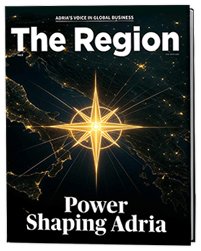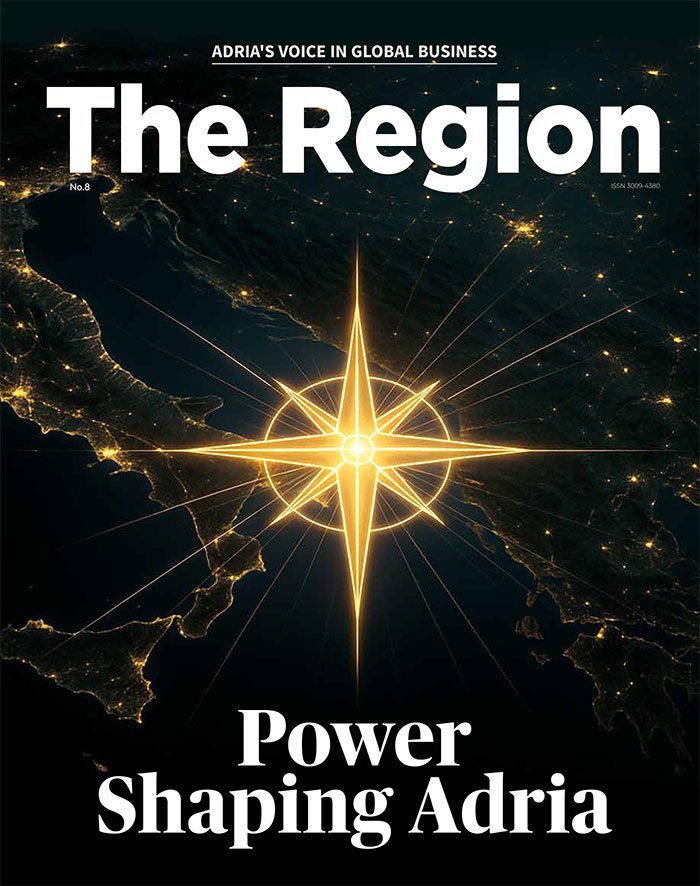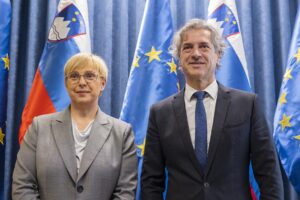Often synonymous with tourism, Croatia finds this sector crucial to its economy, contributing up to 20% of the nation’s GDP. The allure of pristine beaches, historic towns like Dubrovnik and Split, and numerous islands draw tourists from around the globe. Large hotel chains, travel agencies, and myriad service providers thrive, catering to the annual influx of visitors.
Montenegro relies heavily on exclusive tourism targeting high-paying guests, impacting its agriculture, real estate, construction, and energy industries. Stunning coastlines, luxury resorts, and historic sites boost its reputation as a premier tourist destination. Iconic locations such as the Bay of Kotor, a UNESCO World Heritage site, and the luxurious resorts of Budva and Sveti Stefan attract affluent travellers. Additionally, adventure tourism in Durmitor National Park and the Tara River Canyon offers thrilling experiences.
Though less developed than its neighbours, Bosnia and Herzegovina brims with tourism potential. Eco-tourism and cultural tourism are burgeoning, supported by efforts to enhance infrastructure and international promotional activities. The emerald-green Neretva River and the dramatic Dinaric Alps offer breathtaking natural landscapes. Historic cities like Mostar, with its iconic Stari Most (Old Bridge), and Sarajevo, renowned for its rich history and vibrant cultural scene, are key attractions. The Olympic mountains of Bjelašnica and Jahorina provide excellent winter sports opportunities.
Albania’s tourism sector is experiencing a renaissance, with beautiful coastlines and historical sites drawing an increasing number of visitors. Strategic investments in infrastructure and marketing are elevating Albania’s profile as a travel destination. The Albanian Riviera, with its crystal-clear waters and unspoiled beaches, is a highlight, alongside the ancient city of Butrint, a UNESCO World Heritage site. Tirana, the vibrant capital, offers a blend of culture, history, and modern amenities.
Tourism contributes up to 20% of Croatia’s GDP
In 2023, Slovenia recorded 6.19 million tourist arrivals, a 5.5% increase on the previous year, and 16.13 million overnight stays, up 3.5%
Foreign tourists accounted for 72% of all overnight stays in Slovenia
Most visitors to Slovenia are from Germany, with 1.9 million nights (16% of all foreign overnight stays)
In 2023, Croatia welcomed over 20.6 million visitors, recording 108 million overnight stays. This represents a 9% increase in arrivals and a 3% increase in tourist nights compared to 2022
Slovenia captivates visitors with its alpine landscapes and well-preserved natural areas, celebrated for its sustainable and eco-friendly tourism. Successfully marketed as a green destination, Slovenia resonates with environmentally conscious travellers. Iconic sites like Lake Bled, with its picturesque island and medieval castle, and the majestic Triglav National Park, home to Mount Triglav, epitomise Slovenia’s natural beauty. Ljubljana, the charming capital, is noted for its green spaces, vibrant cultural scene, and stunning architecture. Additionally, wellness tourism flourishes with numerous natural spas and thermal baths, and the country’s excellent cuisine and wine regions, such as the Vipava Valley and Goriška Brda, enhance its appeal.
Serbia’s tourism sector is increasingly popular for its rich cultural heritage, vibrant cities, and natural beauty. Belgrade, the lively capital, is famous for its nightlife and historical sites, while the scenic countryside offers eco-tourism and adventure tourism opportunities. Novi Sad, home to the renowned EXIT music festival, and Niš, one of Europe’s oldest cities, are significant draws, supported by hotel chains, tour operators, and cultural institutions.
North Macedonia uniquely blends historical, cultural, and natural attractions. Lake Ohrid, a UNESCO World Heritage site, stands out as a major tourist magnet. The country’s rich history, archaeological sites, and vibrant cultural festivals add to its allure. With rising investments in tourism infrastructure, North Macedonia aims to enhance the visitor experience and boost the sector’s economic contribution.






